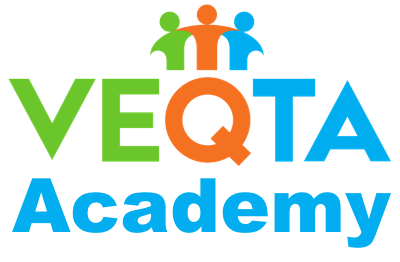This article is aimed at coordinators of desktop publishing materials that are intended for translation into other languages. By taking specific steps during the creation of the source material and mindful of how its created, you can prepare it for a smoother localization process.
Why is This Important? If you’re creating a brochure that will be translated into one or several languages, there are numerous benefits to considering its future localization while designing the English source layout. Thoughtfully prepared source material can lead to:
- Cost savings
- Faster localization
- Quicker updates
- Facilitates the translators to provide a consistent translation quality
Best Practices and Tips
- Content Layout: Avoid cramming too much content into a single page. While fitting 3,000 words into a two-page leaflet might seem efficient in English, remember that some languages can expand by up to 30% during translation. This text expansion can complicate and lengthen the localization process in desktop publishing.
- Instead: Opt for a lighter version of the English material or a more spacious layout by increasing the page count.
- Software Choice: Steer clear of proprietary online authoring programs that limit export options to PDFs. PDFs can be tricky to work with as text and images are not easily editable in PDF format.
- Instead: Use a localization-friendly desktop publishing program like Adobe InDesign, which is available as an affordable SAAS (Software as a Service) subscription. Files can be sent to the localization agency in .indd format, which is ideal for localization.
- Image and Text Management: Avoid sending layouts as JPGs or PNGs. Text embedded in images is not directly editable and requires additional steps for modification.
- Instead: Keep the layered PSD files from your graphic designer, or the original source images before text was added. This makes it easier to modify the text during localization.
- Font Choices: Exotic fonts and a wide variety of font types may look appealing in English but can cause issues in translation. If a language cannot be represented with the chosen font, the DTP operator at the translation agency will need to find suitable alternatives.
- Instead: Use mainstream, standard serif and sans-serif fonts that are UTF-8 compliant, like those that come with Windows.
- File Naming: While detailed file names can be helpful for organization, they can also pose challenges. Names that include special characters or non-Latin scripts can create issues such as when creating zip archives or unzipping files in a file directory.
- Instead: Keep file names under 255 characters and use only letters, numbers, and underscores. Avoid other special characters and non-Latin based scripts.
- Choosing the Right DTP Application: There is a variety of DTP applications available, including Adobe InDesign, Adobe Photoshop, Adobe Illustrator, QuarkXpress, and others. Some are even free.
- Instead: Consider the most widely-used authoring program, which is arguably the Adobe Suite. Within the Adobe Suite, Adobe InDesign is the preferred choice for compatibility with the translation agency’s CAT (Computer-Assisted Translation) tool which can be thought of as a file management platform the linguists use. (not to be confused with automated translation).
- Handling Content in Adobe InDesign: Avoid flattening content within Adobe InDesign. Always provide the ‘links’ folder containing all media and fonts used. For many Asian languages and right-to-left languages, it’s best practice to unlink the assignment container file (.ICMA) created by Adobe InCopy, as it can affect line breaking management in InDesign.




